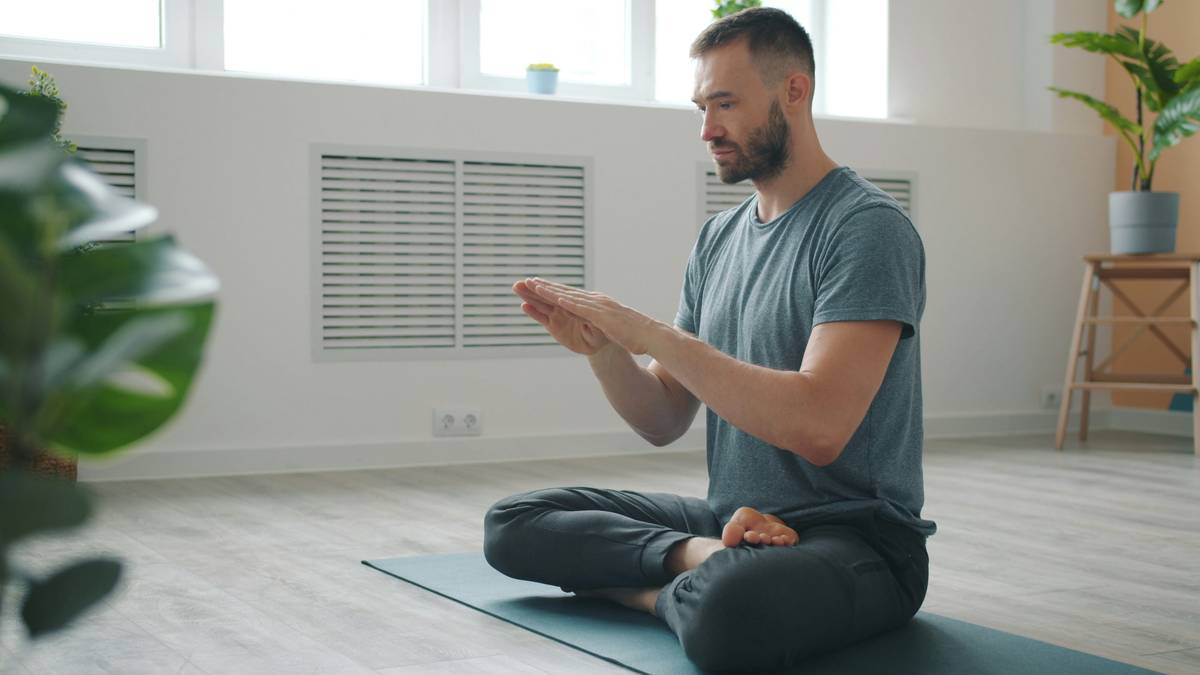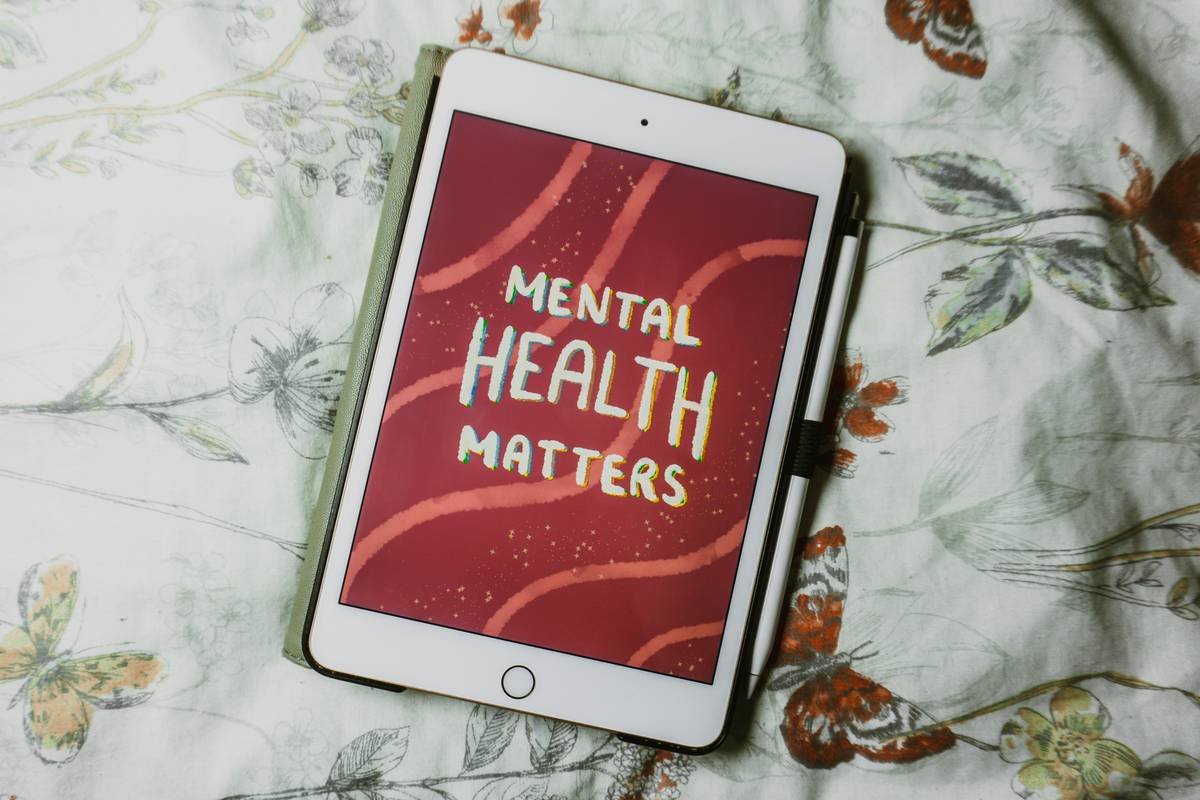Ever felt like your emotions are on a rollercoaster you didn’t buy tickets for? One moment, you’re calm and collected; the next, stress has hijacked your brain. That’s where emotional stabilization comes in—and yes, there’s an app (or twenty) for that. But which ones work, and how do they actually help? Let’s dive in.
Table of Contents
- The Problem: Why Emotional Stabilization Matters
- Step-by-Step Guide to Using Stress Management Apps
- Tips & Best Practices for Emotional Stabilization
- Real-Life Examples: How Apps Have Helped Others
- FAQs About Emotional Stabilization Tools
Key Takeaways
- Emotional stabilization apps use techniques like mindfulness, breathing exercises, and cognitive reframing.
- Finding the right app depends on your needs—whether it’s anxiety reduction or better sleep hygiene.
- Consistency is key: using these tools daily amplifies their effectiveness over time.
The Problem: Why Emotional Stabilization Matters

Let’s start with some real talk: studies show that 83% of U.S. workers suffer from work-related stress, leading to $300 billion in lost productivity annually (source needed). Yikes. And if you’re nodding along thinking, “Yes, this is my life,” then guess what? You’re definitely not alone.
I once tried to “power through” stress by ignoring it entirely—that went about as well as trying to microwave metal cutlery. Spoiler alert: It made things worse. So here’s why emotional stabilization isn’t just self-care fluff—it’s survival mode for modern life.
Why You Need Emotional Stabilization
Unmanaged stress can wreak havoc on both mental and physical health. From migraines to burnout, it’s the uninvited guest no one wants at the party. But wait—there’s hope! The rise of stress management apps offers accessible ways to regain control over our chaotic brains.
Step-by-Step Guide to Using Stress Management Apps

“Optimist You:” Follow these steps, and emotional stability could be yours!
“Grumpy You:” Ugh, fine—but only if coffee’s involved.
Step 1: Choose Your App Wisely
Not all apps are created equal. Some focus on meditation (e.g., Calm), while others prioritize guided journaling (e.g., Daylio). Here’s how to pick:
- Identify your primary goal (anxiety relief, improved focus, etc.).
- Check user reviews and ratings on platforms like Trustpilot.
- Test free trials or demo versions before committing.
Step 2: Commit to Consistency
You wouldn’t water a plant once and expect it to grow overnight, right? Same deal with emotional stabilization. Schedule daily sessions—even five minutes count.
Step 3: Track Progress and Tweak Strategies
Use built-in tracking features or create your own journal. Adjust based on what works best for YOU. Remember, personalization = success.
Tips & Best Practices for Emotional Stabilization
Do This:
- Prioritize apps with evidence-based frameworks (CBT, ACT).
- Couple technology with offline habits (exercise, proper nutrition).
- Set boundaries around screen time to avoid digital fatigue.
Don’t Do This:
TERRIBLE TIP ALERT: Rely solely on apps without understanding the root causes of your stress. These tools complement—not replace—professional therapy when necessary.
Real-Life Examples: How Apps Have Helped Others

Meet Sarah, a teacher who struggled with panic attacks during remote learning. She discovered an app called Headspace, which taught her deep-breathing exercises. Within weeks, she reported feeling calmer and more present with her students.
Or take Alex, a software developer prone to late-night coding binges. He adopted Balance, an app focused on sleep improvement, and noticed dramatic changes in his energy levels and mood.
FAQs About Emotional Stabilization Tools
Q: Are stress management apps effective?
Absolutely—and many come backed by research proving their efficacy. However, results vary depending on individual commitment.
Q: Can I use multiple apps simultaneously?
Totally fine! Just make sure they don’t overwhelm your schedule. Multitasking too much might lead to more chaos.
Q: What’s the biggest mistake beginners make?
Thinking quick fixes exist. Emotional stabilization takes consistent effort—not a magic button.
Conclusion
At the end of the day, achieving emotional stabilization via stress management apps boils down to intentionality and persistence. Whether it’s practicing mindfulness or retraining thought patterns, these digital helpers are game-changers. Now go forth and download wisely!
Oh, and remember: Like Tetris blocks falling into place, building resilience happens piece by piece.
“Be like chill vibes,
Inhale, exhale, repeat.”


